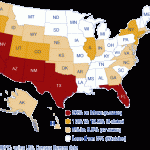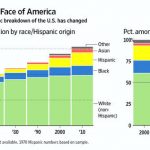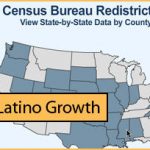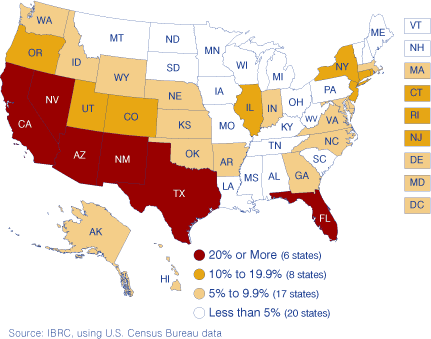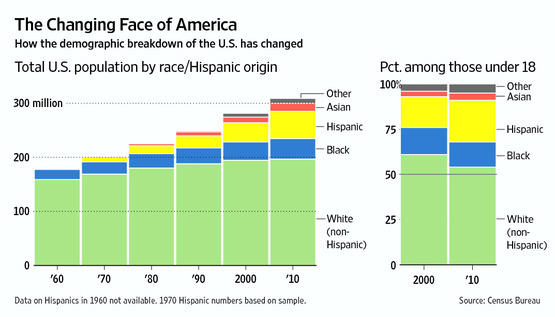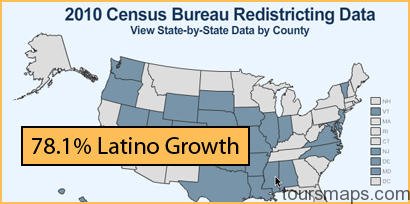Like most other cities in the nation, the bourgeoning number of Latinos settling in Washington, DC, has been in large part the result of transnational ties and political and economic events in Latin America. Before the 1980s, the Latino community of the District was primarily composed of a few professionals from throughout Latin America who came to work in the growing number of international and regional organizations. As such, the civil servants and other professionals who came to live in the District composed one of the most ethnically diverse Latino populations in the nation. Although no single Latin American nation predominated, this population shared high levels of education and professional status.
Along with this professional group, a growing number of service workers gradually settled in the city, taking advantage of the growing service-sector employment opportunities. As in other neighborhoods of the DC metro area, the biggest jump in the Latino population occurred after 1980. Between 1990 and 2002, the population of Latinos residing in the District increased by 56 percent, becoming the area’s fastest-growing ethnic minority. Demographers estimate that by 2010, Latinos will total about 70,000. Several political and economic factors contributed to this transformation. Civil wars, economic devastation, and a succession of natural disasters provoked a mass migration from Central America, primarily from El Salvador. In the rest of Latin America, the downward mobility caused by the financial crises of the 1980s also brought many new economic migrants to the city at a time when the metro regional economy was booming. Many Latinos who had ties with relatives and acquaintances in the city learned about the historically low unemployment rate in the District and surrounding jurisdictions. Finally, the growth of the service-sector economy during the 1980s also attracted many newcomers, and by 2000, Central Americans already accounted for 22.4 percent of the foreign-born population in the District, South Americans for 10.1 percent, and migrants from the Caribbean for 6.2 percent. Of these three regions, almost 13 percent came from El Salvador alone.
The Latino Population Boom US Photo Gallery
Maybe You Like Them Too
- Top 10 Islands You Can Buy
- Top 10 Underrated Asian Cities 2023
- Top 10 Reasons Upsizing Will Be a Huge Travel Trend
- Top 10 Scuba Diving Destinations
- The Best Cities To Visit in The World

